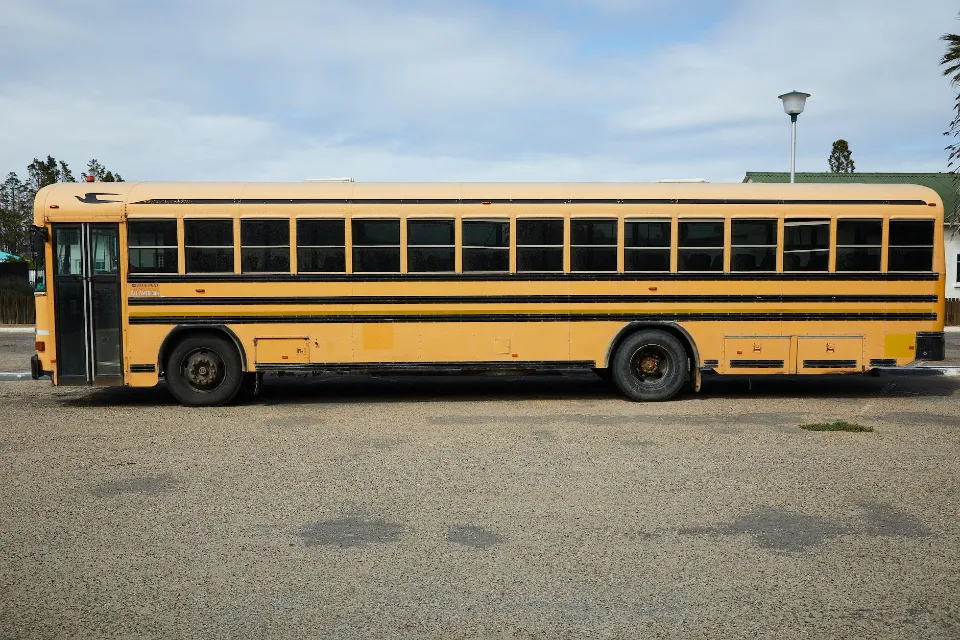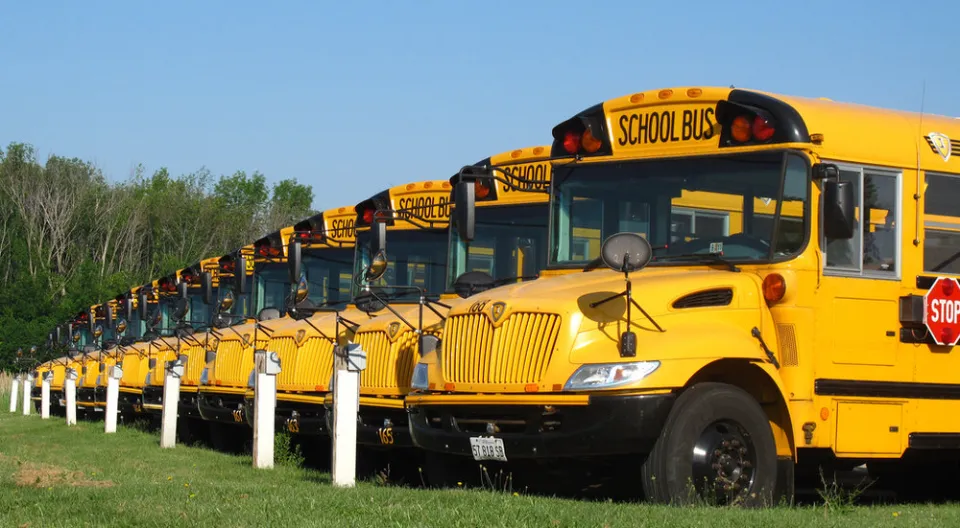
How Many Students Can Fit on a School Bus?
The maximum capacity of a school bus as well as the space needs of students will be covered in this article.
In the education system, school buses play a significant role. For students to get to and from school each day, they offer safe, effective transportation. However, it’s crucial to take into account the maximum number of students who can travel on a school bus without risk.
The stereotypical seat of a school bus is 39 inches wide and is considered to have a seating capacity for three students. The maximum seating capacity of a standard school bus is 72 Passengers.
Let us go into detail about the Number of Seats on a School Bus:
How Many Students Can Fit on a School Bus?
The number of children that can ride on a school bus varies on its capacity. The manufacturer’s advice must generally be followed by a school district. As a result, those recommendations aid in ensuring child safety inside these yellow vehicles. There are, however, a number of additional, varying rules.
For example, each passenger’s back must fully contact the seat back, as per the Missouri Department of Elementary & Secondary Education. And that implies that for that to occur, there needs to be enough room.
A good estimate is roughly 72 elementary school kids can fit on a bus, with the capacity being less for high school-age children. For adults who might board a school bus, that figure will be even lower.

Types and Seating Capacity of School Buses
We are all accustomed to seeing “yellow” school buses. But we frequently notice differences in its size and shape, with some being short, others long, and still others having a flat front, etc.
All school buses adhere to federal motor vehicle safety standards despite all these variations. Let’s Have a Look into Different Types of School Buses:
- A Type: These buses have a seating capacity of more than 15 passengers including the operator.
- B Type: This type of bus have a seating capacity of more than 10 passengers but not exceeding 16 passengers, including the operator.
- C Type: This conventional type of bus can carry more than 10 passengers including the operator.
- Type D: Type D or the ‘transit’ style buses are designed to carry more than 10 passengers.
Explore the Maximum Capacity of a School Bus
Estimating Seating Capacity
It is crucial to take the bus’s seating arrangement into account when estimating the number of seats. Usually, either benches or bucket seats are included in school buses.
Related: Do Charter Schools Have Buses?
Because benches can typically hold three to four people, more people can be seated when using this type of seating. However, they typically only fit two people per row. Bucket seats, on the other hand, are made to be more comfortable and to allow for more legroom.

Examining the Space Requirements for Students on a School Bus
It’s crucial to account for students’ space needs when determining seating capacity. A student’s age will determine how much room they need to sit comfortably.
- A minimum of 12 inches of seat width per person is advised for elementary school students.
- A minimum of 16 inches of seat width per person is advised for middle and high school students.
Moreover, when figuring out seating capacity, it’s critical to take the needs of students with disabilities into account. For these students to be able to travel on the bus safely and comfortably, special arrangements might need to be made.
Investigating Safety Regulations When Transporting Students
When transporting students on a school bus, safety comes first. All school buses must adhere to the National Highway Traffic Safety Administration’s (NHTSA) safety standards. Seat belts, child restraint systems, and other safety equipment are required by these laws.
The training and certification of school bus drivers is also required. To make sure they are in good operating condition, all school buses must also go through routine inspections.
Exploring the Benefits of Appropriate Student Seating in a School Bus
It can be very advantageous for both students and drivers when students are seated properly in school buses. Students are safe and secure during their rides because of the appropriate seating.

The learning environment is also improved because there are fewer distractions and disruptions from students. As students are less likely to be thrown around in the event of an accident, proper seating also helps to lower the risk of injuries.
Analyzing the Impact of Overcrowding on School Bus Ridership
It’s critical to take into account how crowdedness might affect students who ride school buses. Buses that are too crowded can present a number of health and safety risks, such as a higher risk of injury, trouble escaping in an emergency, and difficulty finding exits.
Additionally, because buses might need to make multiple trips to transport all students, overcrowding can result in decreased efficiency.
Conclusion: Capacity of School Buses
The number of passengers, the size of the bus, the type of seating arrangement, and other variables all affect a school bus’s maximum carrying capacity. The maximum number of passengers that can fit on a school bus is typically 84, but this number can vary depending on the bus’s size and seating arrangement.
The size of the bus, the seating arrangement, the amount of room needed for students, and safety requirements should all be taken into account when determining a school bus’ maximum carrying capacity.
FAQs
How Many Seats Does a US School Bus Have?
Coinciding with their seating configuration, school buses have a higher seating capacity than buses of a similar length; a typical full-size school bus can carry from 66 to 90. School buses have just one entry door at the front, as opposed to multiple doors on transit buses.
How Wide is a School Bus Seat?
The typical school bus seat is 39 inches wide and generally is considered to have a maximum seating capacity of three. This rating is not intended to represent the maximum seating capacity of a school bus for all passenger sizes.
How Big is a 71-Passenger School Bus?
Please state the length and the capacity. 71 Passengers — 38-40 feet.


